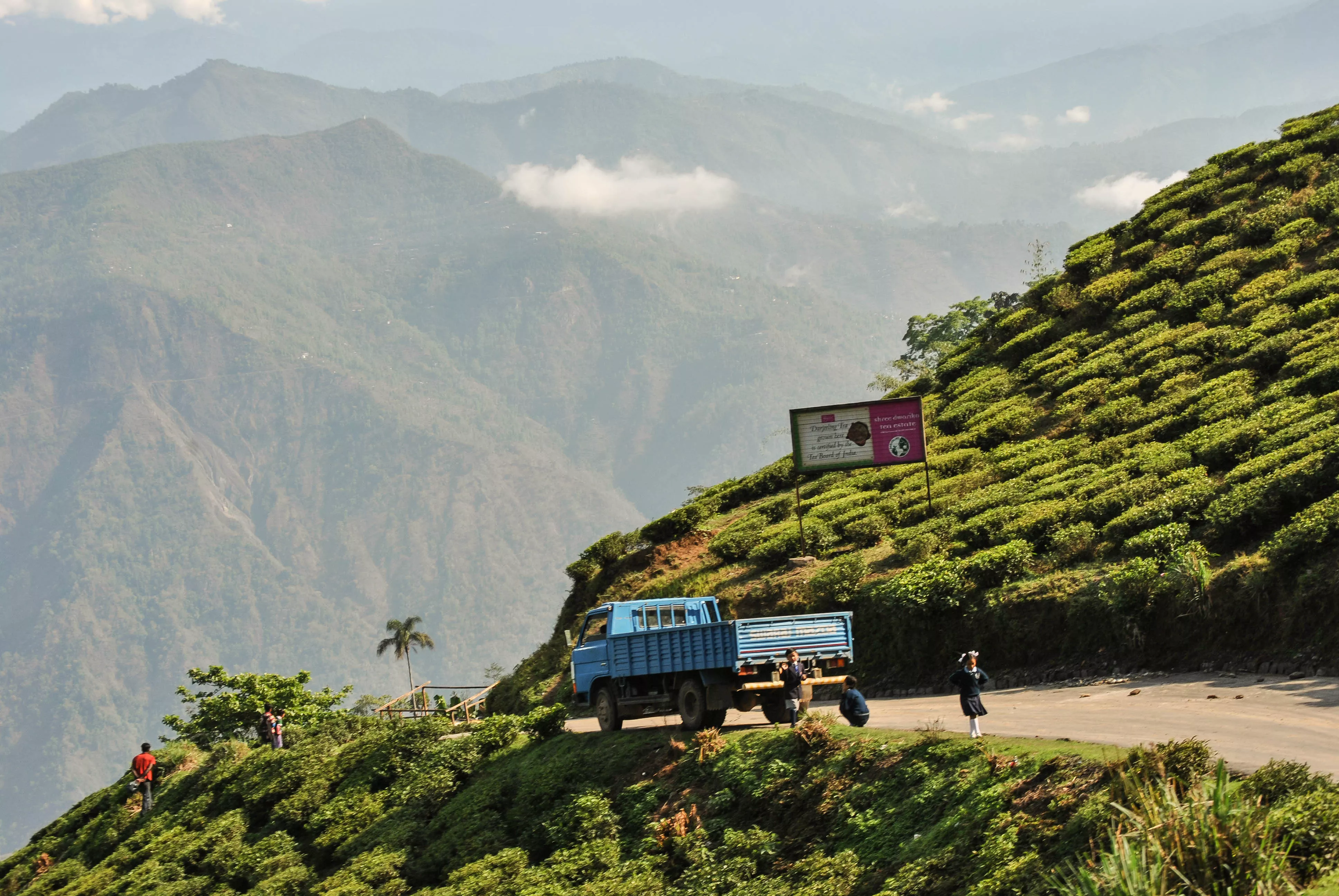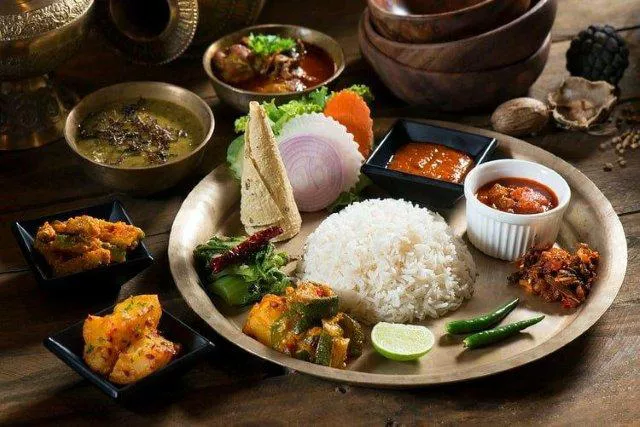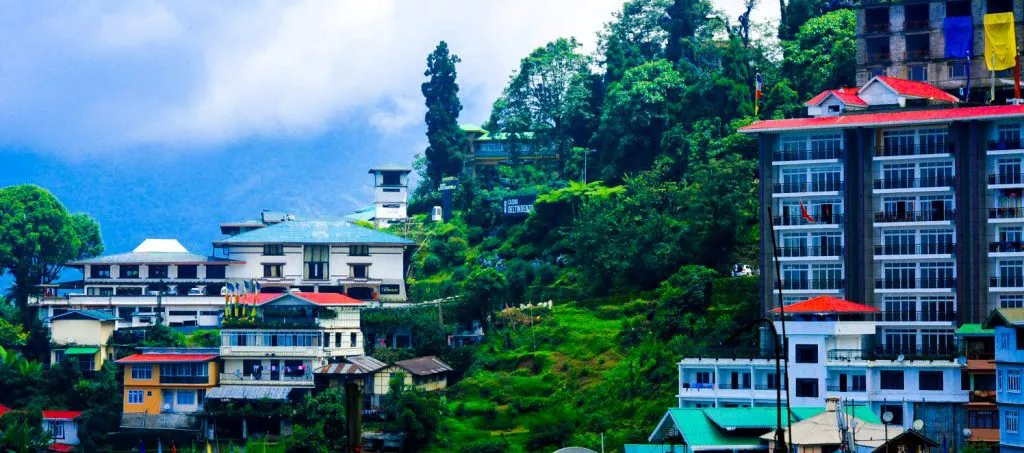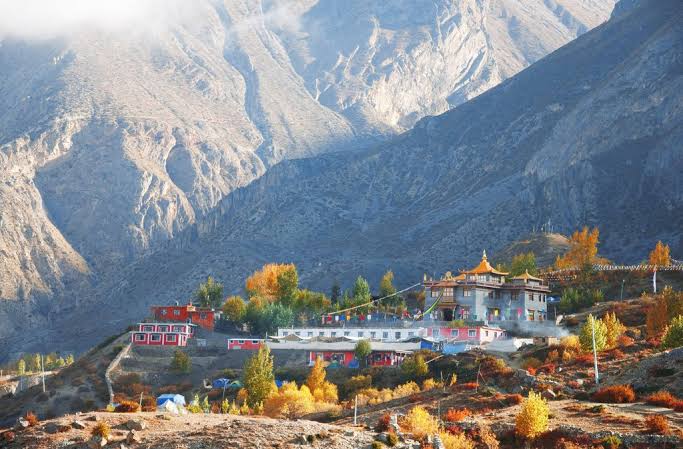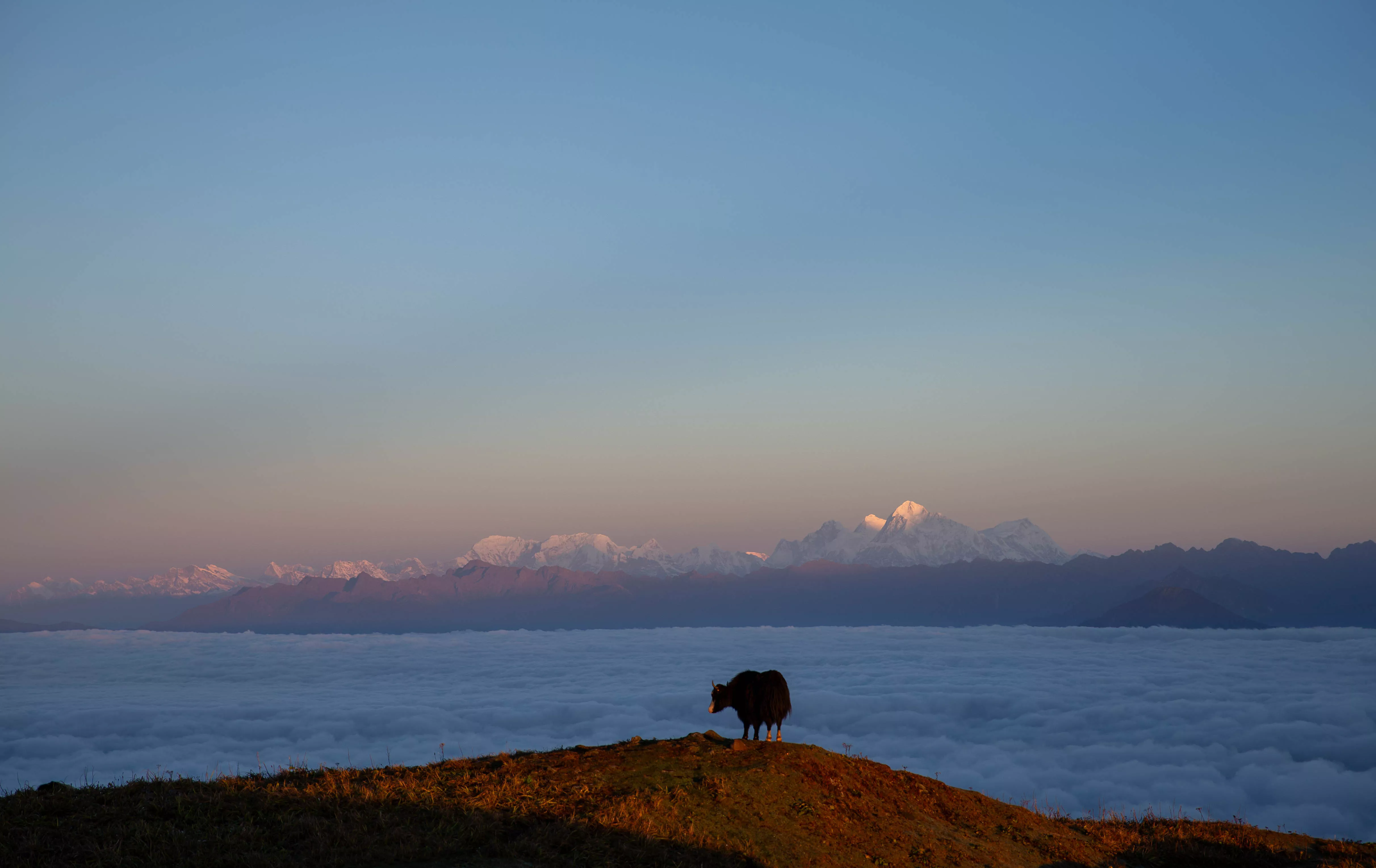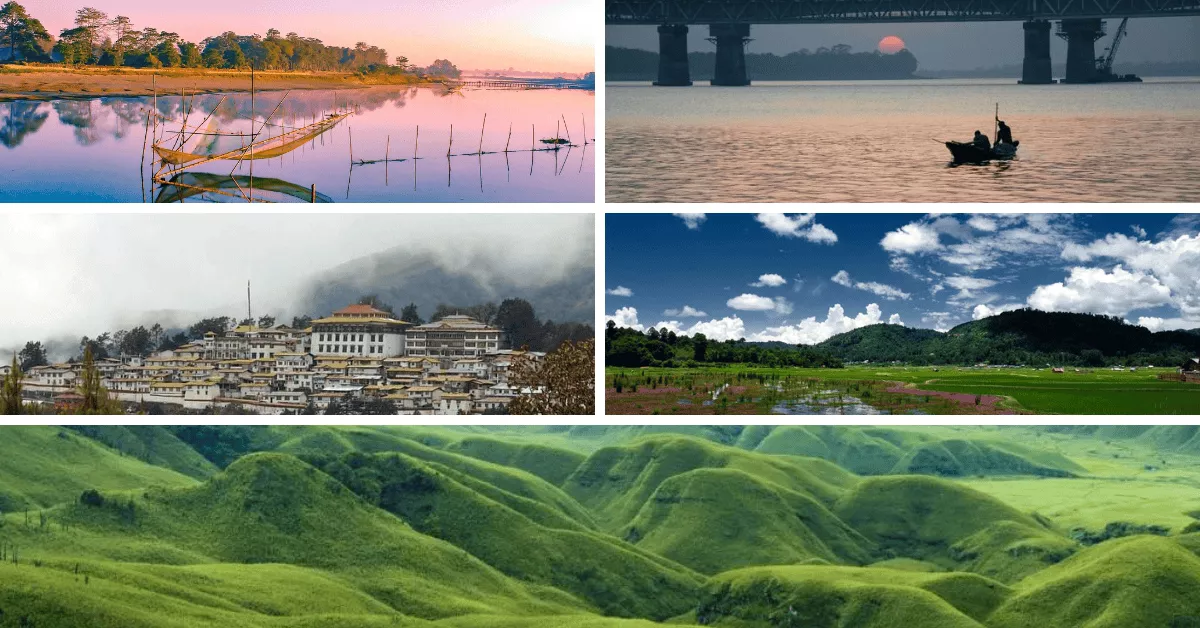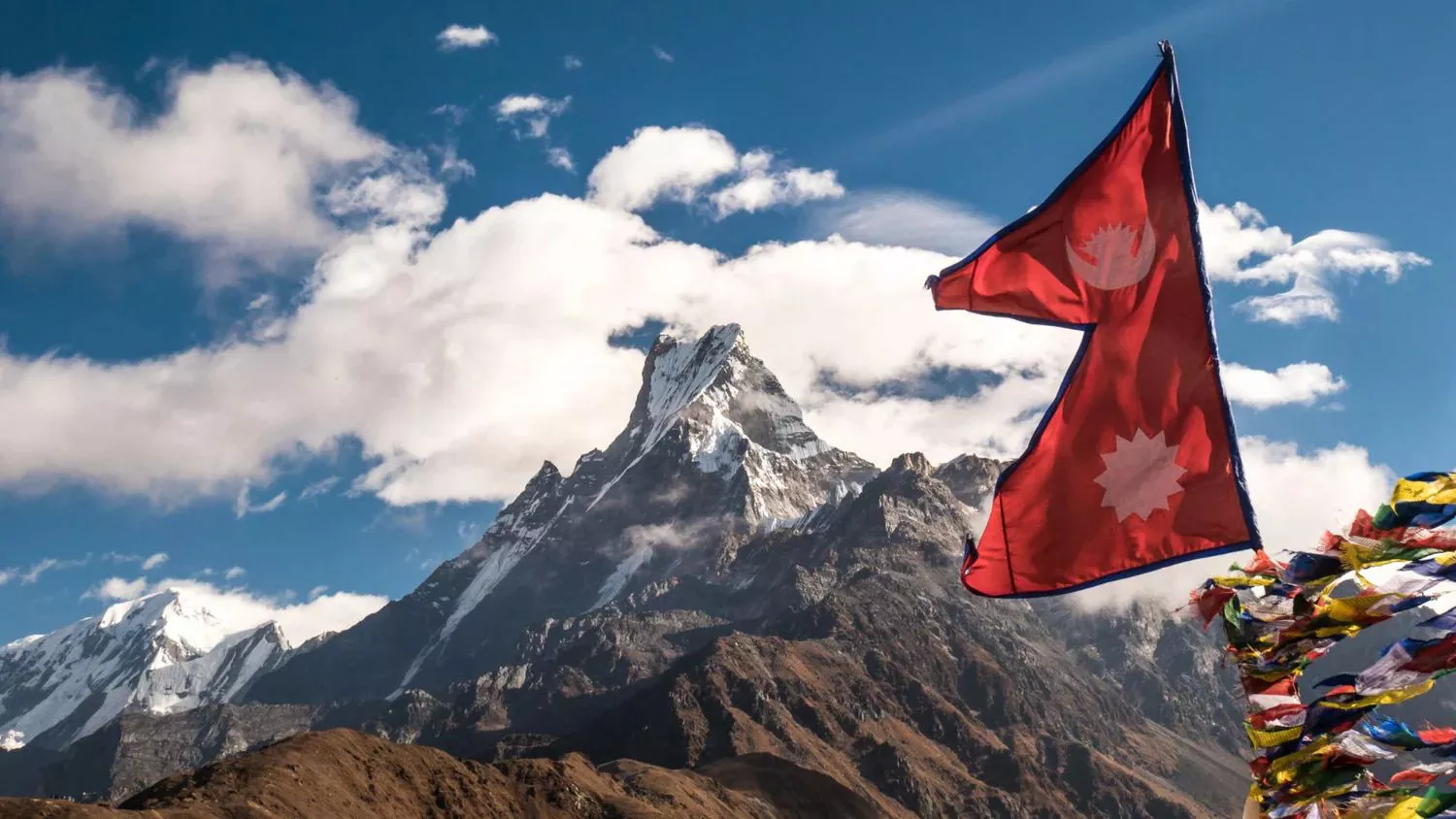Jaw-dropping locales, rich culture, stunning sunrise views, and amazing tea gardens are the first things one notices in Darjeeling. This town is spread over the slope of a mountain ridge and boasts cool climes all year round.
It's impossible to be totally prepared to witness views of nature and the hills from Darjeeling because every view is too stunning for words. Darjeeling is a perfect combination of serene landscapes and British colonial charm. From old English bakeries to the highest railway station in India, this little town has a lot to offer.
Naturally, sightseeing is one of the top things to indulge in. Let’s have a look at some of the popular places to go for sightseeing in Darjeeling.
Top Sightseeing Places in Darjeeling
Chowrasta and the Mall Road
Darjeeling’s main square is called Chowrasta. You have to come here on Sundays to realize how popular it is. People come from all the surrounding hills, taking several hours to travel, to spend part of their afternoon sitting on one of the numerous benches at Chowrasta, sipping the famous spicy tea. A must-do activity here is a taking horse ride. Young local lads take locals and tourists on short horse rides.
Set atop a ridge, this boulevard is lined with an array of shops and restaurants. It is situated at the locus of the Mall Road, which is considered as the town's social as well as commercial centre. Notably, the architecture of this place is symbolic of the Victorian era in the region.
The word 'Chow' stands for 'four' and 'rasta' means 'road', which collectively means four roads. First is the Nehru Road, where all the prominent tourist shops and Bhutia stalls can be found. Second is the Dr. Zakir Hussain Road that adjoins Nehru Road through a bustling local market area. Finally, there’s Mall Road, which is counted twice - as the road heads towards the Observatory Hill, circles it, and returns from the other side.
Chowrasta and the Mall Road, Darjeeling
Rock Garden and Ganga Maya Park in Darjeeling
The beautiful Rock Garden is approximately 10 km away from the Darjeeling town. It comprises picturesque and colorful terraced gardens. The route to Darjeeling Rock Garden also offers a wonderful sight where one has to go through a scenic journey filled with rocky hills and greenery shared by sharp hairpins and extremely steep roads. The garden has a variety of flowers which makes the looks of garden really beautiful. Another attraction of Rock Garden is the Chunnu Summer Falls which makes the Rock Garden more scenic. Many locals’ visits Rock Garden with their friends and family as it is one of the best picnic spot to visit and especially the kids enjoys visiting the place, the garden also has sitting arrangement at various levels where people can seat and feel the beauty of the hills. Rock Garden is also known as Barbotey Rock Garden since it is surrounded by beautiful hill stream. he entire Rock Garden is created by cutting rocks and it was constructed by the Gorkha Hill Council Tourism Department. It was created to introduce a special attraction for tourists a little outside the Darjeeling town area so that the visitors have an added incentive to come to the hill town.
Three kilometers ahead is the Ganga Maya Park which is another must visit park along with Rock Garden. The Ganga Maya Park is a nature park with a narrow talkative stream flowing through it. The Ganga Maya Park also hosts a variety of colorful flowers and a lake. Both the Rock Garden and the Ganga Maya Park is a showpiece meant to lure people to Darjeeling after political agitations disrupted tourism in the 1980s. There is also a boating facility in a small lake and tourists can also enjoy watching the folk dances performed by the professional dances to entertain the tourists and the visitors. The timing for both the park is from 10 AM to 4 PM and the entry fee is INR 10.00 per person for the Indians and INR 50.00 for foreigners.
Rock Garden, Darjeeling
Himalayan Railway Ghum Museum
Darjeeling Himalayan Railway Ghum or Ghoom Museum was established and opened in the year of 2000 to the visitors to showcase its heritage. The Ghum Museum was established just after the famous narrow-gauge Toy Train of the Darjeeling Himalayan Railway was accorded the UNESCO World Heritage status in the year of 1999. The Darjeeling Himalayan Railway Ghum Museum is located right above the Ghum or Ghoom railway station premises.
As soon as you reach the Ghoom platform, there is the entry gate to Ghum museum and as you enter through the entry gate there is a small garden and an open space with the much-touted Baby Sivok. It is the oldest toy train engine of Darjeeling Himalayan Railways that started its operation in 1881 providing the first-ever rail link through the mountains. As soon as you reach the Ghoom platform, there is the entry gate to Ghum museum and as you enter through the entry gate there is a small garden and an open space with the much-touted Baby Sivok. It is the oldest toy train engine of Darjeeling Himalayan Railways that started its operation in 1881 providing the first-ever rail link through the mountains. . The Museum has many rare collections of old artefacts of the Darjeeling Himalayan Railway and most of the items like the rare photographs of the toy train and many more were donated by the ex-employees of Darjeeling Himalayan Railway.
Darjeeling Himalayan Railway Ghum Museum open from 10 AM in the morning and closes at 4 PM in the evening and between there is a break of half an hour from 1:30 PM to 2:00 PM and the entry fee for per person is INR 20.00 per person for the direct visitors and the entry fees are subject to change.
Himalayan Railway Ghum Museum, Darjeeing
The Oldest Bengal Natural History Museum
The Bengal Natural History Museum of Darjeeling is one of the oldest museums which were established in the year of 1903. It is just 1 kilometre away from the main town of Darjeeling ,just below Chawrasta on the backside of Gorkha Rangamancha Bhawan .The main idea to build the Bengal Natural History Museum is to give the information to both the locals and the visitors about the birds and butterflies of the hilly regions. The Bengal Natural History Museum displays one of the finest collections of natural artefacts and fossils; they also have anatomical parts of a number of species of birds, mammals, fish, insects and reptiles along with the huge collections of bones, skins, antlers etc. There are also a number of birds that belong to more than 400 species along with 110 species of eggs, 57 species of fish and 35 species of snakes in the museum. There is also a Botanical Garden in the Bengal Natural History Museum which displays the butterflies and birds of this hilly region. You will find such beauties as the Himalayan brown wood owl, northern spotted owlet, myna, nightjar, thrush, warbler, flycatcher, kingfisher, snipe, woodpecker, swift, pheasants, flycatchers, , water bird, barbet, hornbill, cuckoo, niltava northern brown fish owl, and even some large birds of prey housed here. The museum opens from 9:00 am in the morning and closes at 5:00 pm in the evening. There are some valuable books in the small library of the Bengal Natural History Museum.

Bengal Natural History Museum
Darjeeling –known as “the queen of hills” is a beautiful hill station with the magnificent view of Mount Kanchenjunga over the rolling tea gardens, Darjeeling is simply magnificent! A paradise for trekkers, well known for its vibrant culture, its aromatic tea, its people is must on your bucket list.
